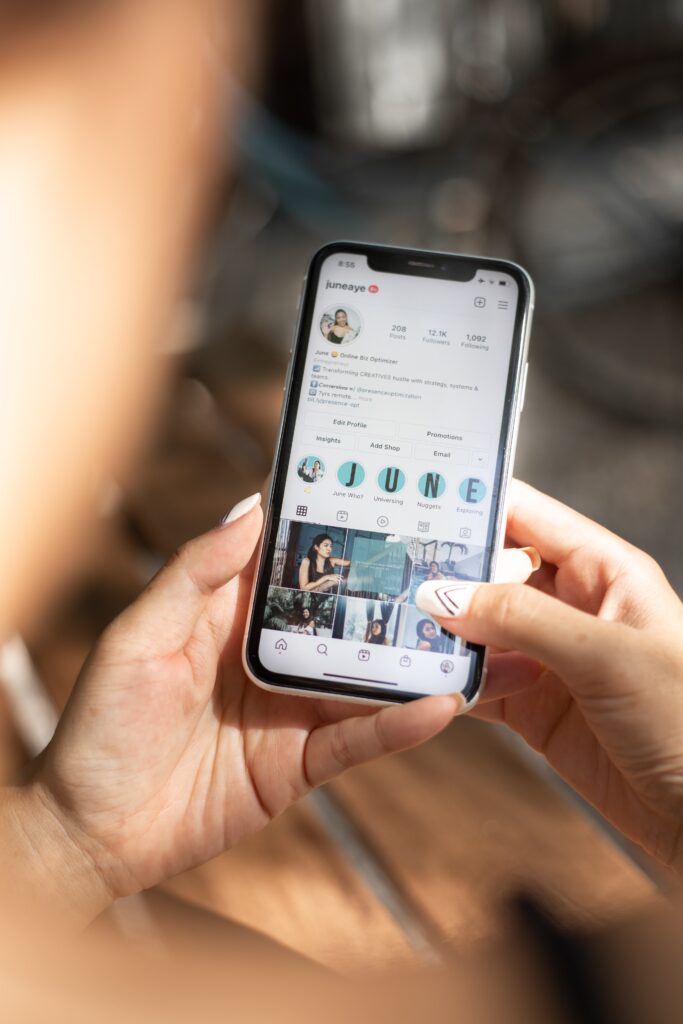What are the 7 Ps? Well, the 7 Ps of the digital marketing mix are a key part of the technical knowledge and understanding that form part of the basic marketing principles element of the Level 3 digital marketing apprenticeship. Fundamentally, businesses implementing the 7 Ps marketing mix framework as part of their digital strategy experience effective and efficient campaigns. In addition, market competition will increase and businesses will increase innovation.
The 7 Ps is a term that refers to the strategy that can be used to meet the needs of the customer and make them refer to a product. By incorporating the 7 Ps of digital marketing, businesses can boost their competitive advantage in the marketplace by boosting all elements of the mix. Results will increase effectivity.

The 7 Ps of the digital marketing mix are:
1. Product
The product, goods or service (known as the output) is purchased by the customer to satisfy their requirement, demand or need. Adding value here is key by going above and beyond the customer need. Examples of going above and beyond to appeal to the customer are providing fantastic after sales service, adding on an additional 2 year guarantee or, maybe, providing a user-friendly app.

2. Place
Place is how and where the product, goods or service is distributed to the customer. Essentially, the product must be positioned and distributed in places that are accessible to potential buyers. This location is where people will make their purchase. Customers will want easy access and must be suitable for the intended demographic. Online, the place is huge with products for sale on social media, websites and blogs etc.

3. Price
This is how much the customer is willing to pay for the product, goods or service. The price must be relevant to the product’s positioning within the market and research done to determine what clients are prepared to pay to determine the market value. The price must cover the cost per item and profit margin. Obtaining market price information is made easier online.

4. Promotion
Promotion or promotional/strategy is the technique used to market your product or service to the customer and the techniques used to raise this awareness. Products are advertised to customers via promotions to see what you have for sale. Online this will involve using digital ads, influencers, media links, direct engagement and sales promotions. Branding is great for brand awareness for bigger cold audiences. Personal selling with trained staff will be necessary to build customer relationships.

5. Physical Evidence
Physical evidence is what our customers are attracted to first and what they judge the company on. Customers will view the physical evidence first before they make a judgement on the product or service, eg nice car, beautiful hair-cut, big house, well-trained competent staff.

6. People
As you may have already guessed, people are the organisation that makes the product or sell the product or service to customers. Call centres, customer facing staff, emails, online chats are all an important part of this in the digital environment.

7. Process
Process is how we deliver the product or service to the customer. Eg making the car and then delivering it to the customer or the amount of paperwork required to complete prior to a purchase. Digitally these are the stages of the user journey from the initial online enquiry to the basket checkout that provide core experiences.

Conclusion
By understanding and applying the 7 Ps, product, place, price, promotion, physical evidence, people and process, teams can develop and collaborate, delivering effective marketing campaign success.
Click here to read our latest blogs.
For more information on apprenticeships available, need help to find an apprenticeship, a degree apprenticeship or apprenticeship jobs sign up for our weekly newsletter to ensure you’re not missing out.
SIGN UP NOW
Or visit us on Twitter


